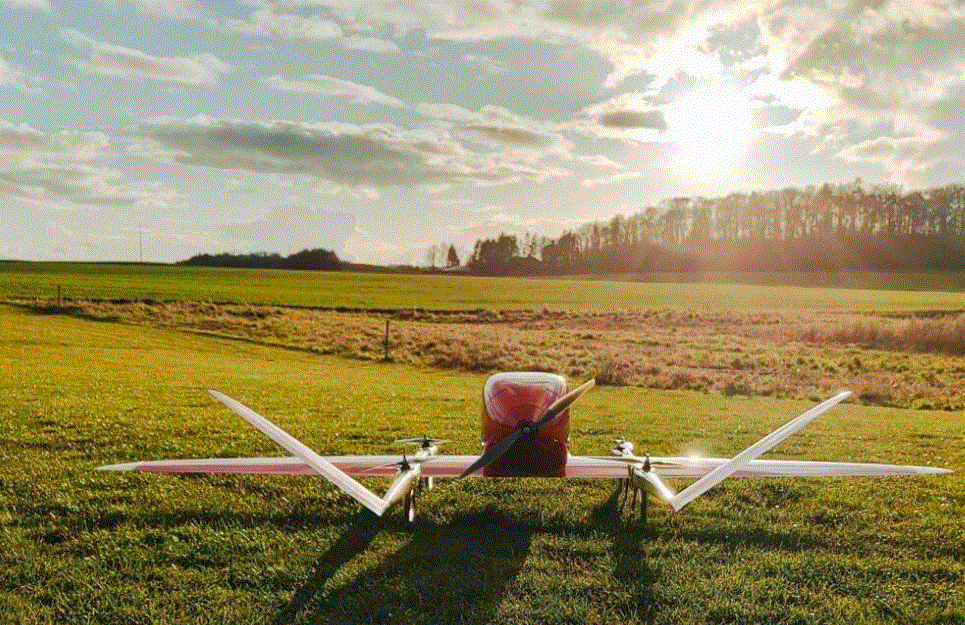
The flight was part of the HealthDrone three-year innovation project to develop “health drone services” for transport of patient samples, medicine and medical equipment between hospital wards, medical centers, and home care.
“The HealthDrone project will integrate drones into the Danish healthcare system,” according to a Southern Denmark University (SDU) press release. “Behind the project is a partnership consisting of OUH, Falck, Holo, Unifly, Scandinavian Avionics and SDU. HealthDrone is in the process of developing and testing drones for transporting blood samples and medicine between Ærø, Svendborg and Odense. The drones have already completed successful test flights from Ærø to Langeland but will pass a new milestone when the full distance from Svendborg to Ærø is completed. In short: it works!
“It is exceptional in a European context that we fly with the drones without shutting down the airspace. Together with Naviair, Unifly and the Danish Transport Authority, we at SDU have developed a method for tracking helicopters and aircraft so that we can manoeuvre around them. The air traffic control at Naviair can see on their screens when a drone flight is in progress and will act if e.g. a rescue helicopter needs the airspace. We have paved the way for this to be possible,” says Kjeld Jensen, project manager from the University of Southern Denmark.
According to report by news service DR:
“Nicolai Søndergaard Laugesen, development director at Falck, says that the health drone’s ability to fly in the open air means that it can easily be extended to other routes. If in the long term we need to have drones integrated with helicopters and everything else, then we need to find some traffic rules that allow us to use the same airspace. That’s what we’re allowed to do now. It is such a big step that it means that from now on you can start flying blood samples between two hospitals in Denmark without shutting down the airspace. Then we can start to expand this to other possible routes, where it can make good sense, says Nicolai Søndergaard Laugesen. But one thing is to fly a blood sample over the South Funen archipelago. Something else is the wealth of possibilities it opens up. If we look a little further ahead, there is not an awful long time for there to be manned drones where you can fly a paramedic or a doctor to an injury site, says Nicolai Søndergaard Laugesen. Within three to five years, it will be possible to fly a doctor or paramedic out to an injury site with a drone, he estimates.”
For more information
https://via.ritzau.dk/pressemeddelelse/danish-health-drones-are-taking-off-towards-faster-and-better-treatment?publisherId=12056383&releaseId=13652265
https://www.dr.dk/nyheder/indland/i-dag-testes-dronelevering-af-blodproever-men-om-et-par-aar-skal-droner-flyve-laeger
(Image: RigiTech)

